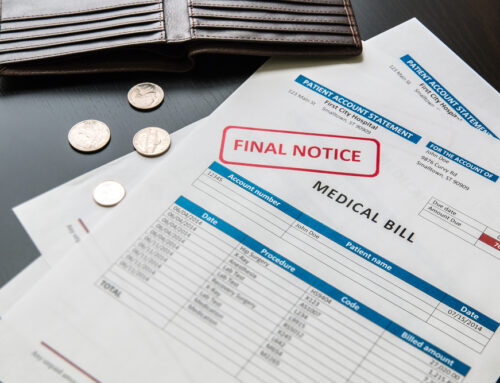How to Pay Off Debt
Are you struggling to pay off debt? You’re not alone. In fact, according to a report from CNBC, the average American has about $38,000 in personal debt, not including home mortgages. That’s a lot of debt for people to try to pay off. But there is some good news. There are steps you can take to pay off your debt and get your finances back on track.
Create a Budget
The first step to paying off your debt is creating a budget. You need to know how much money you have coming in and going out each month. Track your spending for at least a month so you can get an accurate picture of where your money is going. Once you have that information, you can start making changes to ensure that more of your money is going towards paying off your debt.
Find Extra Money
After you’ve created a budget, look for ways to free up extra money that you can put towards your debt. This may mean making some lifestyle changes, like eating out less or cutting back on unnecessary expenses. It may also mean getting creative about ways to earn extra income. For example, you could start freelancing or renting out a spare room in your house. You can easily find extra money by talking to a wealth management company.
Choose the Right Payment Method
Once you have extra money available, it’s time to start paying off your debt. But how should you do it? There are a few different approaches you can take. One option is the debt snowball method. With this approach, you focus on paying off your smallest debts first while making minimum payments on your other debts. Once you’ve paid off one debt, you use the money you were putting towards that payment to pay down the next debt on your list – and so on until all of your debts are gone.
There are two popular methods for paying off debt: the Snowball Method and the Avalanche Method.
The Snowball Method involves putting all of your extra money towards the debt with the smallest balance while making minimum payments on your other debts. Once the debt with the smallest balance is paid off, you move on to the next smallest balance, and so on and so forth until all of your debt is paid off. The main advantage of this method is that it can give you quick wins early on which can help keep you motivated to stick with your plan.
The Avalanche Method involves putting all of your extra money towards the debt with the highest interest rate while making minimum payments on your other debts. Once the debt with the highest interest rate is paid off, you move on to the next highest interest rate, and so on and so forth until all of your debt is paid off. The main advantage of this method is that it saves you money in interest charges in the long run.
Both of these methods have their advantages and disadvantages, so it’s important to find which one works best for you and your financial situation.
Paying off debt can be a daunting task, but it’s definitely doable if you’re willing to make some changes and put in some hard work. By following the steps outlined above, you can develop a plan to pay off your debts and get your finances back on track. And once you’re debt-free, you’ll be able to enjoy greater financial freedom and peace of mind.
Start building your credit – we can help!
The time to improve your life is now. Simply get your free credit consultation at Masters Credit Consultants. We will give you the information to repair your credit now. Your personalized report is custom-tailored to your credit score and credit history.
Contact us today for easy and fast credit repair. Masters Credit Consultants is here to help you now.
[wpi_designer_button slide_id=6350]







Leave A Comment